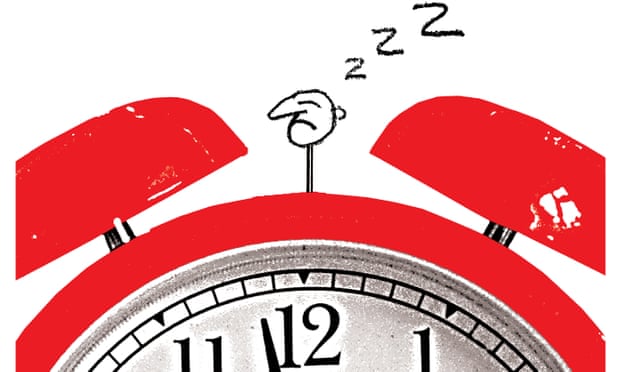Stop thinking about doing and start doing
A Stanford professor explains how 'design thinking' can help you lose weight, stop worrying, and change your life
What's something you've always wanted to accomplish but never have?
Maybe it's launching your own company, or maybe it's finally getting in shape.
Whatever it is, it probably seems like there are insurmountable obstacles standing between you and your goal, from your demanding family to your busy work schedule and your deep-seated fear of failure.
But the truth is, these goals are completely achievable — and in most cases, you are the only one holding yourself back.
That's according to Bernard Roth, a professor of engineering and the academic director of the Hasso Plattner Institute of Design (the d.school) at Stanford University. Roth's new book, "The Achievement Habit," outlines how a strategy called "design thinking" can help you create meaningful changes in your life.
Design thinking was invented by Roth and other Stanford engineers, and it's typically used to improve on a specific product or experience, like a lightbulb or online dating. Yet in "The Achievement Habit," Roth explains how the very same process can be turned inward, helping individuals become happier and more successful.
Design thinking is a five-step process:
1. Empathize: Learn what the issues are.
2. Define the problem: Which question are you going to answer?
3. Ideate: Generate possible solutions.
4. Prototype: Abandon perfection and either build your project or develop a plan.
5. Test and get feedback from others.
Roth says the individual steps aren't as important as some of the guiding principles behind design thinking: a bias toward action and limited fear of failure. The point of design thinking, according to Roth, is to challenge your automatic thinking and assumptions.
So how does design thinking work in real life?
Over at The New York Times, Tara Parker-Pope explains how the strategy helped her lose weight, something she'd long struggled with.
For the first step (empathize), Roth suggests learning what the real issues are by asking, "What would it do for me if I solved this problem?"
Parker-Pope realized she would feel better about herself, have more energy, and have more confidence to socialize with friends. So the real problem was not so much weight loss, but focusing on her friendships and boosting her energy.
In the process, she realized that carb-loading around lunchtime and eating sugar were making her tired during the day, so she eliminated both. "In shifting my focus away from weight loss to the real issues weighing on my life," Parker-Pope writes, "I ended up losing 25 pounds."
In the book, Roth also describes how design thinking helped a mom in one of his workshops stop worrying about her daughter getting into a good college.
The mom thought the key question was, "How do I make sure my daughter gets into a good college?", but Roth helped her realize that the real question (step two: define the problem) was, "How do I become less anxious?" That's because, once the daughter was admitted somewhere, she'd probably start worrying about something else.
With this new realization, the mom could start working on the big-picture issue of reducing her anxiety.
Design thinking can be equally helpful for working toward professional goals.
Roth gives an example of a student in his "Designer in Society" class named Paddy, who had always wanted to start his own business. Paddy was a journalist who had served in the marines, but when Roth encouraged students to dig deep and be honest with themselves, Paddy realized that none of his accomplishments had made him happy.
"He was just doing a good job walking the paths others had created," Roth writes.
Each student in the class has to complete a term project, which involves doing something they have wanted to do but have never done — and Paddy chose to produce his own radio show.
"In my class [Paddy] learned not to recoil or procrastinate when a new idea arose, but to act," Roth writes. So Paddy prototyped and produced several new products for the radio program "Marketplace." Later on, he published a book about economics.
Design thinking helped Paddy mostly by making doing an imperative, instead of thinking about doing (that's why step four is about prototyping).
The most valuable part of design thinking, Roth says, is that once you realize you can achieve one goal, you gain momentum toward achieving the next one. In other words, it becomes an "achievement habit."
Roth writes: "The experience of taking control of your life will change your reality, making it possible to achieve almost anything you seriously want to do."
Source: Design Thinking For Success



